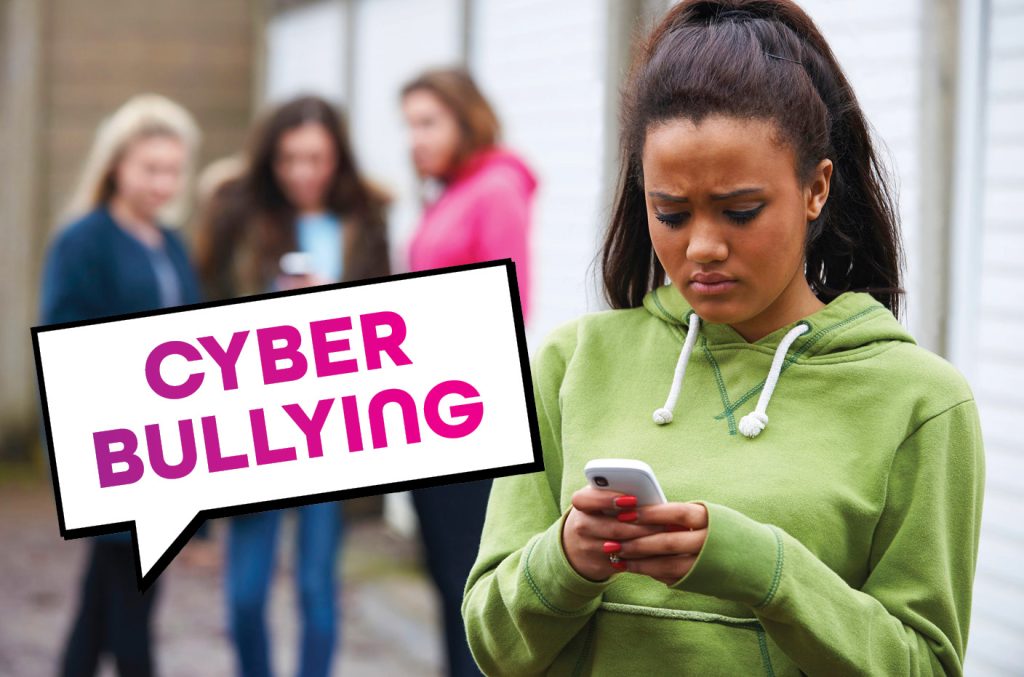Cyberbullying Awareness: Protecting Your Child from Online Harassment

Keeping Kids Safe Online: Recognizing and Preventing Cyberbullying
Cyberbullying, a significant concern in today’s digital world, uses electronic devices to bully or harass individuals. This can manifest in various ways, such as sending hurtful or threatening messages, posting embarrassing or private information online, spreading rumors, or creating fake profiles to damage someone’s reputation. Studies reveal cyberbullying’s prevalence among children and teens; over 30% of students have reportedly experienced it. Parents should be vigilant for signs their child is being cyberbullied, such as withdrawal from social activities, mood changes (increased sadness or anger), sleep or concentration difficulties, physical symptoms like headaches or stomachaches, and secretive behavior around electronic devices.
To protect children, parents should engage in open conversations about online safety and cyberbullying, educating them about its various forms and how to recognize them. While respecting privacy, monitoring online activity is crucial to ensure safety.
Setting clear rules and expectations regarding internet and social media use is also vital, along with encouraging children to report any incidents. If cyberbullying occurs, resources are available: school counselors offer support and guidance, crisis support lines provide confidential help for emotional distress, and in severe cases, law enforcement can be involved.
Cyberbullying’s impact on children’s well-being is devastating; proactive steps, including open communication, support, and a commitment to online safety, are essential to protect children in the digital age.

What to do if you’re being cyberbullied?
Fighting Back: A Student’s Guide to Handling Cyberbullying
Cyberbullying. It’s a pervasive problem, impacting countless students and leaving lasting scars. But it’s crucial to remember: you are not alone, and you have power. This isn’t about passively enduring; it’s about actively protecting yourself and reclaiming your online experience. This guide provides concrete steps you can take if you’re experiencing cyberbullying.
- Document Everything: This is the single most important step. Take screenshots of every abusive message, post, or image. Note the date, time, and platform where the incident occurred. Save all relevant information – usernames, links, etc. This evidence will be invaluable if you choose to report the bullying.
- Block and Report: Most online platforms offer blocking and reporting features. Utilize them. Block the bully’s account to prevent further contact. Then, report the harassment to the platform’s administrators. Be thorough and provide all the documented evidence you’ve collected. Remember, reporting is not tattling; it’s exercising your right to a safe online environment.
- Don’t Respond: Reacting to a bully often fuels their behavior. Resist the urge to engage, even if you feel angry or hurt. Responding, even defensively, can escalate the situation. Your silence is a powerful tool against them. If you must respond, keep it brief, factual, and unemotional, focusing on their actions (e.g., “Your comments are hurtful and violate the platform’s terms of service”).
- Seek Support: Cyberbullying can be intensely isolating. Don’t suffer in silence. Talk to someone you trust: a parent, teacher, counselor, sibling, or friend. Sharing your experience can lessen the burden and provide invaluable support. Many schools offer counseling services specifically for cyberbullying victims.
- Save Your Wellbeing: Cyberbullying can significantly impact your mental health. Remember to prioritize self-care. Engage in activities that bring you joy and relaxation. Spend time with loved ones. If you’re struggling to cope, seek professional help from a counselor or therapist. There are resources available to help you process your emotions and build resilience.
- Consider Legal Action: In severe cases, particularly those involving threats or harassment that extend beyond online platforms, consider legal action. Consult with a lawyer or your school’s legal team to explore your options.
- Know Your Rights: Familiarize yourself with your school’s policies on cyberbullying and the terms of service of the online platforms you use. Understanding your rights and the resources available to you is crucial in effectively addressing the situation.
Remember: You are not to blame for someone else’s behavior. Cyberbullying is never acceptable. By taking these steps, you can actively protect yourself, build resilience, and create a safer online environment for yourself and others. Your voice matters, and you deserve to feel safe online.

